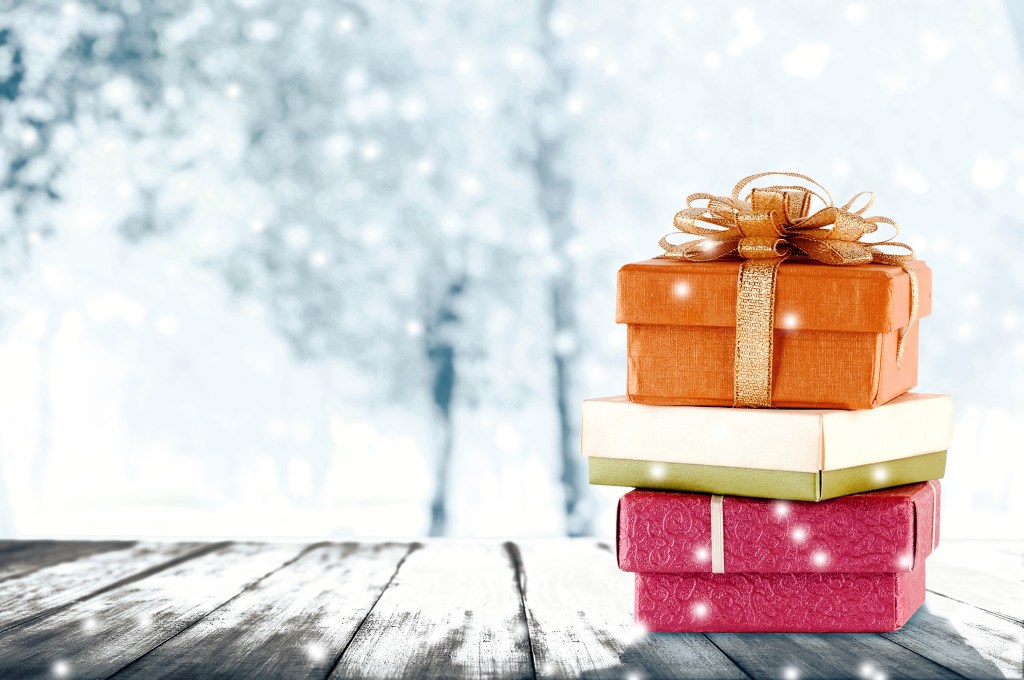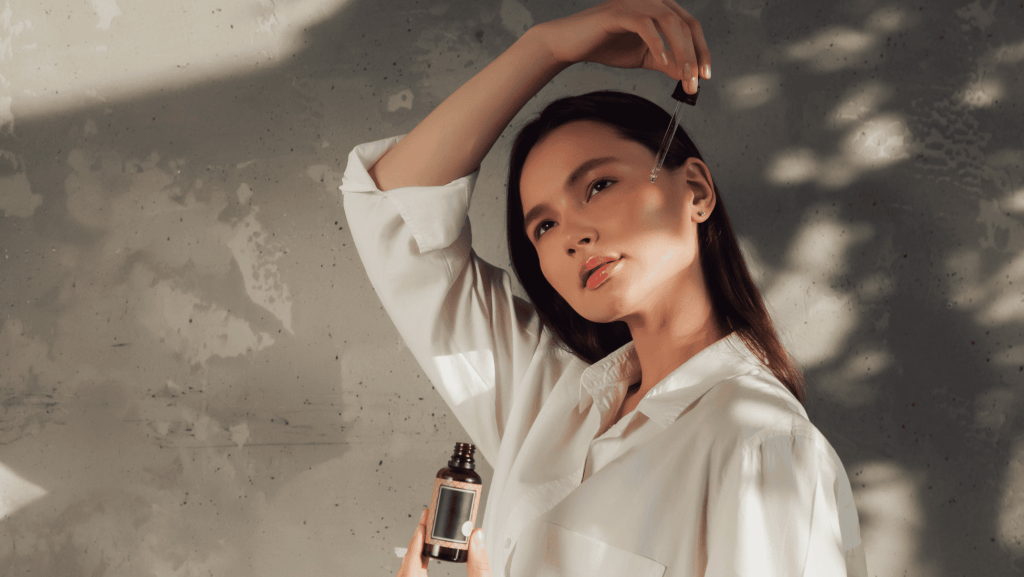Asian Americans spend over one-fifth more than the average beauty shopper
Asian Americans are among the bright stars within the beauty and personal care landscape, outspending the general U.S. population for beauty products by 22.75% more annually than the average consumer. So finds the latest 52-week NielsenIQ Homescan survey data, ending April 3, 2021.
Asian Americans share common characteristics that benefit the beauty category as a whole, and the omni space in particular, including being “skincare obsessed,” digitally connected, and politically active. They also tend to be highly educated and deeply engaged with the news and social networks, all of which factor heavily into their over-indexing habits for skincare online.
The do-it-yourself beauty and self-care movement that exploded over the past year generated an impressive 16% dollar growth in the beauty and personal care categories across all channels in 2020 and underscores Asian-American womens’ digital influence as core omnishoppers.
Additionally, their devotion to skincare is reflected in their beauty product purchase patterns, which are found to be 34% higher than the general U.S. population for facial, hand, and body products, according to NielsenIQ data from 2020.
Informed, engaged and socially connected ‘super-omni’ shoppers
As early adopters of technology and being “super-omni” in their purchase behavior in general, the consumer segment has created a powerful presence on social networks. Many of the most widely followed and acclaimed social media beauty influencers who’ve reached celebrity status are Asian Americans—including the early pioneers of the K-beauty craze, whose viral posts vaulted Korean skin care products previously unavailable in the U.S. to become one of the most buzzworthy topics in the beauty world.
Asian Americans’ dominant role in the space is a natural extension of their informed, engaged, and socially connected networks, where beauty and wellness are increasingly interchangeable concepts focused on holistic beauty. By representing a bridge between Eastern and Western cultures, Asian faces and native languages on beauty products have come to represent authenticity to American consumers keen to follow their lead. Further, the rise of Asian-American consciousness, coupled with a stronger appreciation of Asian influences and beauty on both the inside and outside, has also helped build additional credibility for their elevated status within the skincare industry.
Penetration growing faster than total population in specialty beauty
Despite their demonstrated dependency for online shopping for beauty and personal care products, Asian American consumers most frequently turn to warehouse clubs, Target, and specialty beauty for their limited in-store purchases.
Overall, Asian household penetration in the U.S. for beauty and personal care in total outlets is up 0.8%, according to NielsenIQ Homescan 52-week data from April 24, 2021. Trends were found to be similar across warehouse (+0.7%) and specialty beauty (+0.5%) outlets directionally, with exception to Target (-6.8%). Larger household penetration decreases were seen at dollar (-12.7%, dipping 3x the rate of total panel), beauty supply (-24.9%), and department stores (-25.7%).
Not surprisingly, Asian Americans are shifting to online, with percentage penetration growth (+44.3%) outpacing that of the rest of the population (+30.9%), with the largest growth gap of +13.4%.
Accelerating the shift to digital
The surge of consumers shifting to online shopping as a result of COVID-19 has made it abundantly clear that a whole new base of shoppers are testing the omnishopping waters, including men. Proof of the same can be found in the shave category, which increased 59% from 47% based on NielsenIQ’s recent Omnishopper survey data. Millennials lead the pack of omni adopters, but the pandemic has resulted in a stronger shift online for boomers, particularly in the men’s shaving category.
Given their affinity for e-commerce, it’s little wonder that Asian Americans’ online beauty spending growth lagged behind the rest of the population. However, with $1.2B (+13.3%) in online beauty and personal care sales, Asian Americans continue to order and spend the most per buyer online among all ethnicities, making them the second-highest segment of online beauty shoppers among ethnicities (after white), with a 62.46% (+2.52% from a year ago) buyer penetration.
As the most influential beauty buyers in the U.S., Asian Americans’ buying power and influence will continue to factor heavily in the omni world, where shoppers will continue to rely heavily on mobile searches for trends, reviews, and interactive experiences. As such, brands intent on remaining relevant with this informed and engaged consumer segment would be wise to prioritize personalization and innovation while helping unlock discovery of the next big thing in beauty.




